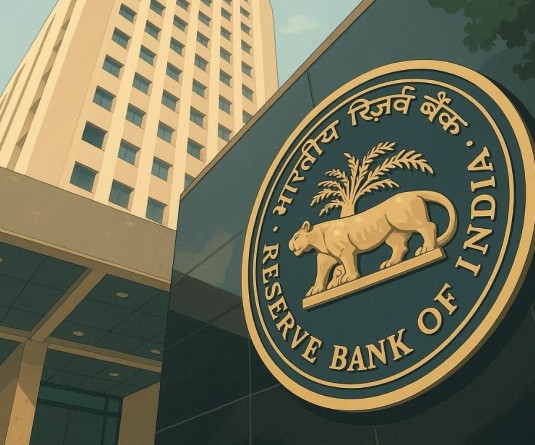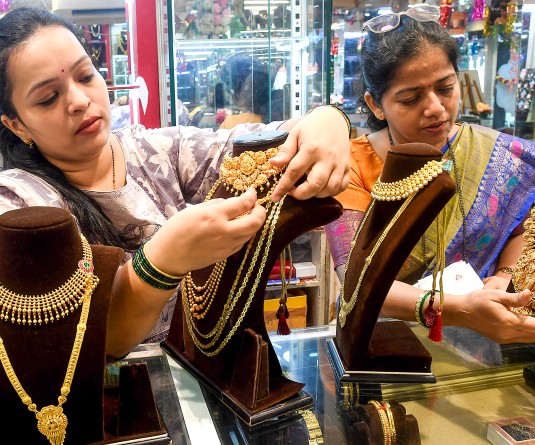
Beijing, April 18 (PTI) China's economy grew at 4.8 per cent in the first quarter, falling below the 5.5 per cent target set for this year by the ruling Communist Party, amidst a surge in COVID-19 cases, which prompted top business hubs like Shanghai to enforce prolonged lockdowns.
The country's gross domestic product grew 4.8 per cent year on year during January to March, picking up pace from a 4-per cent increase in the fourth quarter last year, data from the National Bureau of Statistics (NBS) showed on Monday.
The world's second largest economy posted a stable performance with continued recovery as China balanced the epidemic control and economic and social development, NBS spokesperson Fu Linghui said at a press conference.
After a strong rebound in 2021, China witnessed some unexpected challenges at the beginning of this year, with a volatile global situation and multiple sporadic COVID-19 outbreaks on the domestic front, he said.
The downward economic pressure is on the rise and some major indicators have seen slower increases, Fu said.
"But the long-term economic fundamentals remain sound and the continued momentum of economic recovery has not changed," Fu said, adding that the country is confident and capable of overcoming these difficulties.
A breakdown of Monday's data shows that value-added industrial output posted a stable 6.5-per cent increase from a year ago in the first quarter, and fixed-asset investment jumped 9.3 per cent. Retail sales of consumer goods went up 3.3 per cent.
The surveyed urban unemployment rate stood at 5.5 per cent in January-March, with 2.85 million new urban jobs created in this period.
Earlier, China has set its GDP growth target for 2022 at around 5.5 per cent to focus on slower growth in order to stabilise its economic fundamentals this year, as the world's second-largest economy beefed up supportive measures to shore up growth against strong headwinds.
"We must be aware that the domestic and international environment is becoming increasingly complicated and uncertain, and that economic development is facing significant difficulties and challenges," Fu said on the Q1 figures.
With regard to the trend of the next stage, although there is some pressure in the short term on the economy from the perspective of the whole year, China's economy is expected to maintain a recovery trend of development, he said.
The current surge of Omicron virus in China which is sending one city after another into prolonged lockdowns was largely expected to have an adverse impact on the economy.
After big cities like Xian and Shenzhen, a lockdown was imposed in Shanghai, China's biggest business and economic hub.
The city is into the third week of lockdown. The city of 26 million came to standstill as it continuously reported about 30,000 cases in the last two weeks with no let-up.
As the virus hit the industrial production of the second largest economy, Chinese Vice Premier Liu He stressed on stabilising industrial and supply chains.
Liu told a national tele-conference on Monday that China will issue sufficient travel permits that can be recognised across the nation and make sure that nucleic acid test results within 48 hours can be used in different regions.
Authorities should not restrict travels on the grounds of waiting for drivers' nucleic acid test results, according to the meeting, state-run Xinhua reported.
The country will leverage funds to help stabilise supply and industrial chains, and will also create a "white list" of foreign trade firms and companies in the automobile, medical and other key sectors, the report said.
Commenting on the Q1 results Zhang Zhiwei, chief economist at Pinpoint Asset Management said, "The first-quarter GDP growth is strong. But China's economy slowed sharply in March due to the COVID outbreaks in many cities. Consumption took a hit with retail sales growth turning negative."
"China's 4.8 per cent GDP growth in the first quarter of 2022 beats our expectation. We think it mainly reflects the growth seen in the official January-February data before the weakening in economic activities in March," Tommy Wu, lead China economist at Oxford Economics said.
"March activity data suggests that China's economy slowed, especially in household consumption, amid the lockdowns in Shenzhen and Shanghai as well as mobility restrictions imposed in various parts of China," he told the Hong Kong-based South China Morning Post.
"We expect a stronger macro-policy response in the second quarter to shore up growth, but the impact will be limited in the context of restricted mobility. The effectiveness of policy stimulus will depend on whether mobility will still be restricted on a broad scale, so risks to the outlook remain skewed to the downside," he said.
Last Friday, China's central bank in a much-anticipated move cut its reserve requirement ratio (RRR) or the amount of cash that banks must hold in reserve, to shore up its slowing economy amid growing headwinds.
As per the Q1 data, China's retail sales of consumer goods, a major indicator of the country's consumption strength, went up 3.3 per cent year on year.
The country's retail sales of consumer goods totalled around 10.87 trillion yuan (about USD 1.7 trillion) during this period, the NBS data said.
Also, China's investment in property development rose 0.7 per cent year on year in the first quarter of 2022.
During the period, property investment stood at around 2.78 trillion yuan (about USD 435.44 billion). NBS data showed.
Investment in residential buildings went up 0.7 per cent year on year to about 2.08 trillion yuan in the January-March period.






